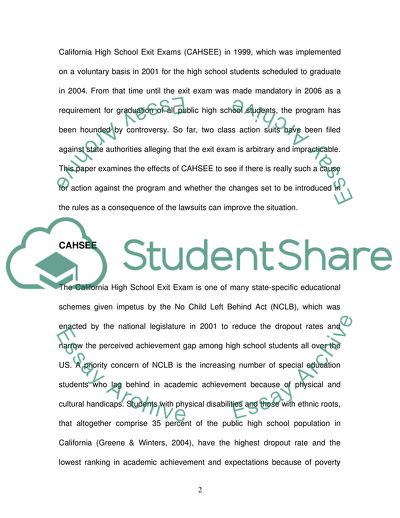Cite this document
(Lawsuits Cast Doubt on Workability and Effectiveness of High School Ex Case Study, n.d.)
Lawsuits Cast Doubt on Workability and Effectiveness of High School Ex Case Study. Retrieved from https://studentshare.org/education/1714390-what-are-the-effects-of-california-exit-exams-litigation-law-class
Lawsuits Cast Doubt on Workability and Effectiveness of High School Ex Case Study. Retrieved from https://studentshare.org/education/1714390-what-are-the-effects-of-california-exit-exams-litigation-law-class
(Lawsuits Cast Doubt on Workability and Effectiveness of High School Ex Case Study)
Lawsuits Cast Doubt on Workability and Effectiveness of High School Ex Case Study. https://studentshare.org/education/1714390-what-are-the-effects-of-california-exit-exams-litigation-law-class.
Lawsuits Cast Doubt on Workability and Effectiveness of High School Ex Case Study. https://studentshare.org/education/1714390-what-are-the-effects-of-california-exit-exams-litigation-law-class.
“Lawsuits Cast Doubt on Workability and Effectiveness of High School Ex Case Study”. https://studentshare.org/education/1714390-what-are-the-effects-of-california-exit-exams-litigation-law-class.


